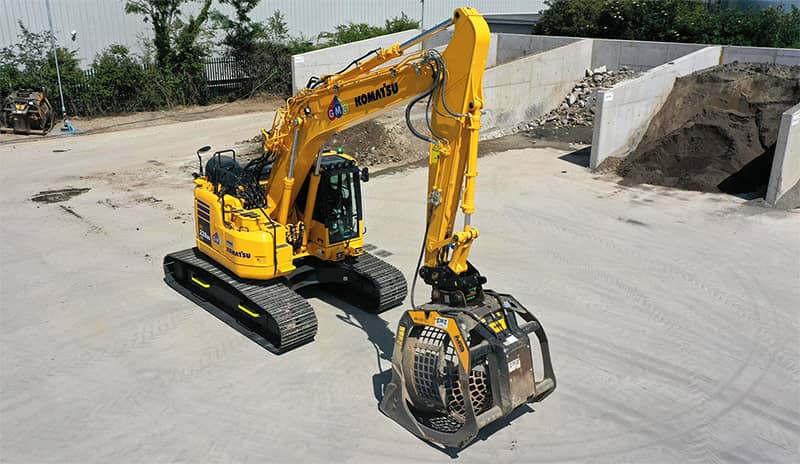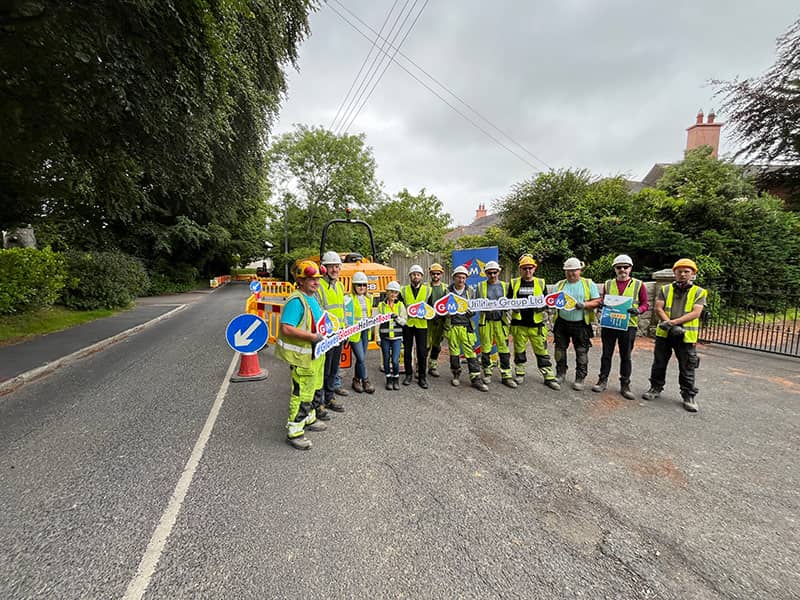




Working at height is one of the recurring cause of fatalities and serious injury in Ireland. A review of construction-related fatal accidents, as undertaken by the HSA, identified falling from height as the single most common cause of fatal accidents.
The findings demonstrated that 40% of all deaths in the construction sector, and 49% in non-construction businesses engaged in construction were attributable to working at height.
According to the HSA, working at height is defined as “work in any place, including a place at, above or below ground level, where a person could be injured if they fell from that place. Access and egress to a place of work can also be work at height”. The key messaging from the HSA to ensure safe working at height is as follows:
Carry out risk assessments for work at height activities and make sure that all work is planned, organised and carried out by a competent person;
Follow the ‘General Principles of Prevention’ for managing risks from work at height, taking steps to avoid, prevent or reduce risks;
Choose appropriate work equipment and prioritise collective measures to prevent falls (such as guard rails and working platforms) before other measures which may only reduce the distance and consequences of a fall (such as nets or airbags) or may only provide fall-arrest through personal protection equipment.
Today, GMC will be delivering TBT’s on Working Safely at Height with a particular focus on Work at Height risks and controls when working around Excavations , Poling Installation and removal works and Overhead Fibre Installations
#CIFSafety20



